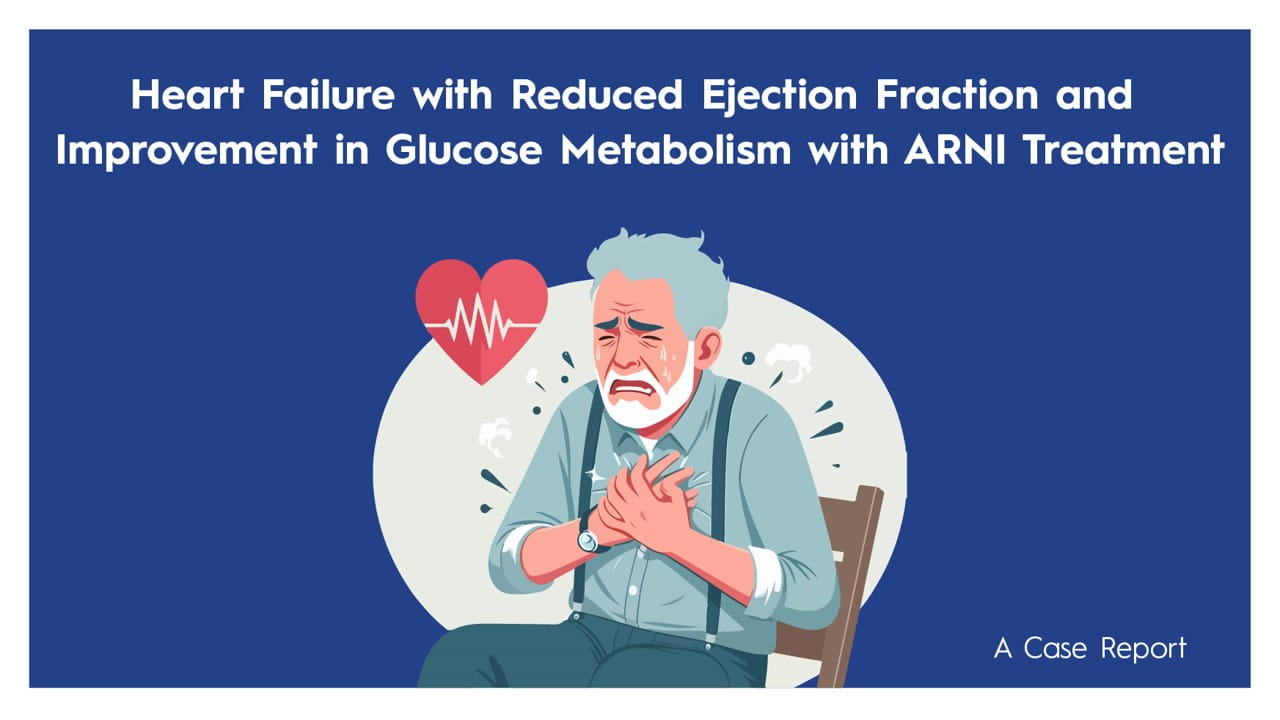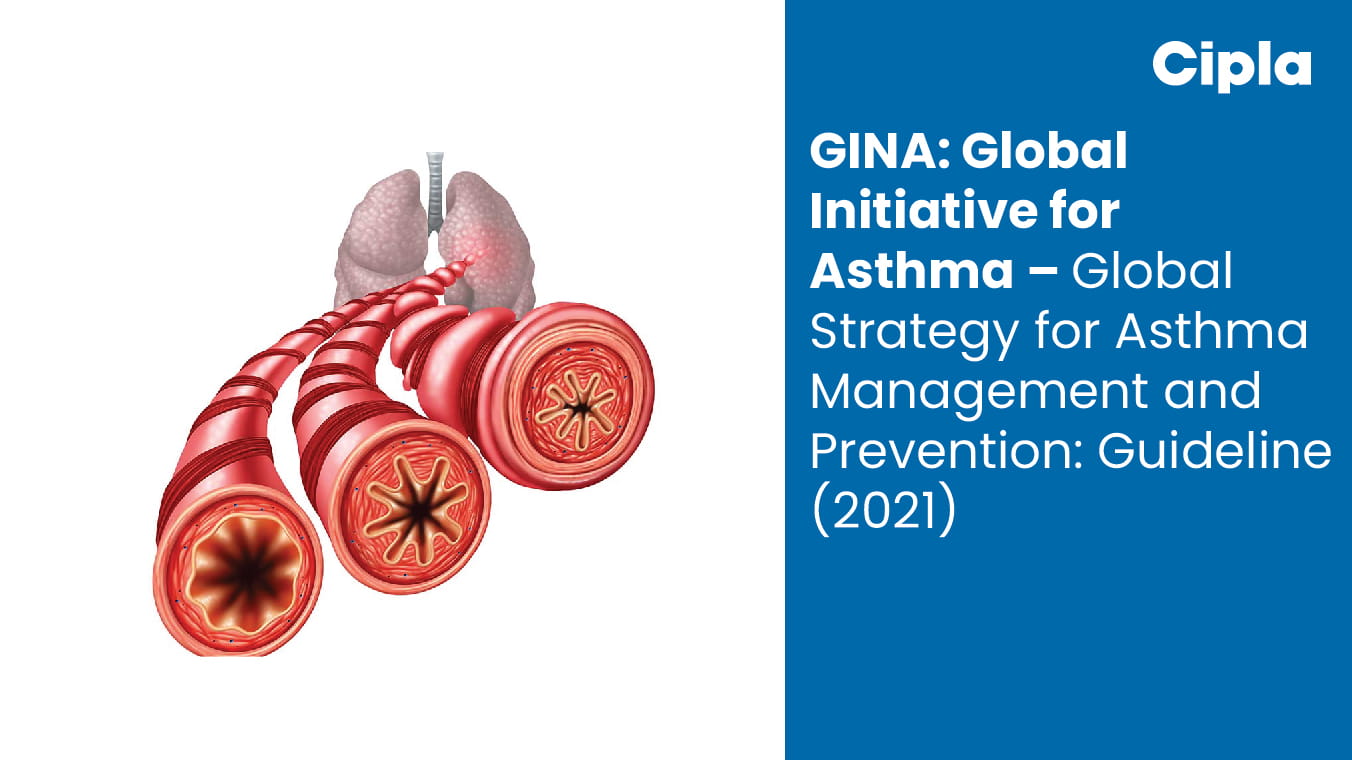Obesity is a disorder of excess and dysfunctional adiposity that impairs health. The most acknowledged clinical standard by World Health Organization (WHO), Foods and Drug administration (FDA), National Institute of Health (NIH) and many other health organizations to classify obesity is BMI as it is easy to measure, reliable and globally applied. However, BMI cannot be relied to precisely determine the risk of obesity as people might have varying body fat at the same BMI. Hence measures beyond BMI such as waist circumference could be considered, but it is influenced by the ethnicity and gender of patients. People with increasing BMI and comorbidities may require intensified therapy; however, early interventions are needed to prevent/delay adiposity-related complications. Older therapy regimens for obesity such as fenfluramine, rimonabant, sibutramine, lorcaserin are revised/withdrawn by FDA occasionally based on the risk associated with these therapies, such as malignancy, cardiovascular disease (CVD), or neuropsychiatric risk. Hence, rigorous post-marketing surveillance studies should be conducted to determine the safety of the drugs prior to their approval. The FDA-approved anti-obesity medications could be classified as short-term (<3 months) or long-term (>3 months) which include both oral as well as injectable therapies. Short term therapies majorly include sympathomimetic amines like diethylpropion, phentermine, phendimetrazine; and long-term therapies include orlistat, bupropion, liraglutide, semaglutide. Innovation of biotechnology has contributed to increased efficacy of these therapies over time. Among older generation therapies, only phentermine-topiramate standard release has consistently shown 10% weight reduction in obese patients.
Obesity is associated with cardiovascular (CV) risk. Post-hoc analysis of prospective LOOK AHEAD trial that evaluated the effect of intensive lifestyle intervention in people with obesity and type-2 diabetes showed that people who lost >10% of their body weight were associated with 21% less risk of CVD and 24% less risk of composite major adverse cardiac events (MACE). Another CV outcome study of sibutramine, SCOUT, showed reduction in hazard ratio per kg of weight reduced, proving that incremental weight loss to a certain threshold level will be able to lower the CV risk. Other measure of CV risk is atrial fibrillation which is strongly associated with obesity and excess adiposity. Observational studies like LEGACY showed 6-fold higher rates of arrythmia-free survival with 10% weight reduction, reinstating the importance of weight loss. SOS trial demonstrated reduction in number of CV events and deaths after bariatric surgery. Unfortunately, the cardiovascular outcome trials (CVOD) with anti-obesity medications (AOMs) which were powered for superiority, never got completed; such as AQCLAIM study which evaluated the effect of phentermine-topiramate in approx. 16,000 participants was terminated, The LIGHT study did not show any significant difference between the NAl/Bup group and placebo in terms of reduction in hazard for MACE, hence the study was terminated prematurely, lastly the post-hoc analysis of pooled study from SCALE trials that evaluated the effect of liraglutide did not demonstrate reduction in hazard for MACE.
Looking beyond just reduction in MACE, there are studies that evaluated reduction in type-2 diabetes incident, e.g., XENDOS trial that showed orlistat associated 37% disease incident reduction over 4 years as well as reduction in waist circumference, systolic and diastolic BP, fasting plasma glucose, fasting plasma lipids, and improved glucose tolerance. The SCALE trial showed 66 to 79% reduction in diabetes over 3 years, and reduction in waist circumference, fasting insulin, fasting plasma glucose, SBP/DBP, hsCRP, adiponectin. SEQUEL study showed 71 to 79% reduction associated with phentermine-topiramate. Above trials emphasize the importance of weight loss associated with reduction in CVD risk. A recently held largest and longest retrospective observational study showed that polypharmacy approach comprising primarily the old generation generics reduced ~10.5% weight over 4.4 years. That said, the prices of the available
treatments were not found to be cost effective thereby the limiting the access to public (especially USA). Summing up, the preferred obesity treatment should consider patients’ baseline and demographic variables, historical context of the AOMs approved/withdrawn, observational data from the trials, risk potential of patients and accessibility/affordability of drugs.
Though widely known that obesity contributes to CV either as an independent risk factor or via interruption of metabolic processes, weight loss has not been considered a key factor for CV management. Key reasons are limited evidence showing benefit of weight reduction on CV health and limited ability to deliver sustained, robust, and clinically significant weight loss in patients. The obesity drug discovery is more than a decade long process and the drugs which were part of the series are phentermine-topiramate, NAL/BUP, liraglutide, semaglutide, tirzepatide. Every next drug in the series had shown a better average weight reduction profile potentially due to better understanding of appetite-regulation physiology. Semaglutide produces an average of 15 to 17% weight loss, and the proportion of patients achieving different benchmarks of weight response were varying widely: ~86% patients with ≥5% weight loss, ~69% patients with ≥10% weight loss, ~50% with ≥15%, and ~32% with ≥20% weight loss. Average weight reduction of ≥10% could benefit CV event management and hence semaglutide is being acknowledged widely for its high weight-reduction. Tirzepetide is the next drug in this series that showed 22.5% weight loss and expected to approved in near future. Even better at reducing weight are the surgical approaches such as sleeve gastrectomy that produced ~25% weight loss and gastric bypass that produced ~32% weight loss. This series is ever growing with more drugs such as Cagri sema in line, which is expected to achieve 25 to 30% weight loss. It is notable, however, that not only quantity but also quality of weight loss should be given consideration.
Though anti-diabetic drugs such as liraglutide, semaglutide, and dulaglitide have successfully demonstrated reduction in CV events, CVOT trials with AOMs such as AQCLAIM study and THE LIGHT study could not provide evidence of CV event management. Hence, the gold standard evidence of CVOT powered for superiority that can demonstrate that weight loss with AOM in patients with obesity but without diabetes is effective in reducing CV outcomes, is not yet established. SELECT, a secondary prevention CVOT trial of semaglutide powered for superiority is being conducted in ~17500 CV disease patients without an established diabetes. The study excludes the argument that improved glycemic control is the mechanism by which semaglutide improves CV outcomes. Another recently initiated primary and secondary prevention CVOT trial of tirzepatide, SURMOUNT MMO, enrolled patients with an established CCV disease along with at least three risk factors like tobacco use, dyslipidaemia and hypertension.
Overall, >2 billion adults world-wide are living with obesity and by 2030, ~50% population of US is expected to live with obesity. It is well known that obesity is a risk factor for heart failure, coronary disease, stroke, and CV associated morbidity and mortality. Bariatric surgery or weight loss surgery are the procedures that influence metabolism by inducing weight loss and altering GIT physiology and have varying (3% to 5%) risk of developing complications post-operatively. Gastric bypass has low mortality rates and high safety profile compared with surgeries associated with other organs such as hysterectomy or cholecystectomy. Overall, approximately 15 RCTs show superiority of metabolic surgeries over pharmacological therapy in CV management. STAMPEDE was a 5-year randomized trial comparing bariatric surgery over intensive medical therapy for diabetes. Patients were randomized to receive medical therapy, sleeve gastrectomy and gastric bypass. The surgical groups were superior to the medical group in terms of diabetes control and weight reduction. Moreover, ~30 observational studies have shown 40 to 60% reduction in mortality in patients with moderate to severe obesity associated with bariatric surgery. One of the observational studies in patients (N=2278) with type-2 diabetes and obesity who underwent bariatric surgery showed 39% reduction in 6 component and 38% reduction in 3 component MACE score compared to non-surgical controls. It also reduced “all-cause mortality” by 40% and heart failure by 62%. Additionally, it was found effective in coronary artery disease, CV disease, neuropathy, atrial fibrillation. Patients who underwent surgery lost more weight, experienced better diabetes control, and required less anti-diabetic treatment. The study also showed that gastric bypass is more effective for total weight loss and diabetes control and was associated with lower risk of 6-component MACE when compared to another surgical procedure, gastric sleeve. Also, risk of MACE is lower with metabolic surgery compared to non-surgical controls in patient with NASH (70%) and patients with obstructive sleep apnea (37%). Overall, the level of evidence on the effectiveness of surgical treatment is varying with almost 15 RCTs on CV management and no RCT on MACE; however, the data from observational studies is appreciably robust in terms of effect size, consistency, and dose-response gradient. A meta-analysis involving ~1.75 lakh participants echoed the observations mentioned above with lower risk of mortality, gain in median life-expectancy. Just as the pharmacological treatments are evolving, surgical procedures are also advancing dynamically over time. Medical and lifestyle intervention studies show 20 to 30% weight loss and are carried out in patients with BMI ~40 whereas studies with surgical procedures are generally conducted in patients with BMI ~50 which can be considered an important distinction, as higher the BMI‒ more refractory is the nature of the disease. Hence, the starting BMI is an important consideration. As per 2023 data, sleeve gastrectomy is the most frequently performed (61%) surgical procedure followed by gastric bypass (21%) which is increasingly becoming popular due to its very low postoperative complication rate (3.4%). Though medical interventions can produce up to ~20% weight loss, the remission is only ~2 years, whereas, for the surgical procedures, the weight loss is even more, 30%, with remission for up to 5 to 10 years. Studies by Nor Hanipah and STAMPEDE trial also resonated these observations.
Comparing gastric bypass surgery vs. sleeve gastrectomy, gastric bypass has shown better results in terms of total weight loss, remission of t ype-2 diabetes, dyslipidaemia, hypertension, and obstructive sleep apnea. Moreover, sleeve gastrectomy produces higher percentage of gastroesophageal reflux complication, when compared with gastric bypass; however, major complications percentage remains similar. Somewhat new are the endoscopic weight loss procedures, which include endoscopic sleeve gastrectomy, endobarrier, duodenal mucosa ablation, gastric balloon, and aspiration therapy. Of these, gastric balloon and endoscopic sleeve gastrectomy have started establishing their footprints. Gastric balloon leads to ~13% weight loss (data for 6 months) and could be intolerable in some patients. It can cause complications and must be removed after every 6 months. Endoscopic sleeve gastrectomy is more promising with longer term data available (up to 24 months) and is associated with less complications. In summary, the metabolic surgery could provide long-term benefits, are more durable, may reduce comorbidity.
American College of Cardiology (ACC) International Congress 2023, 4th March -6th March 2023, New Orleans




